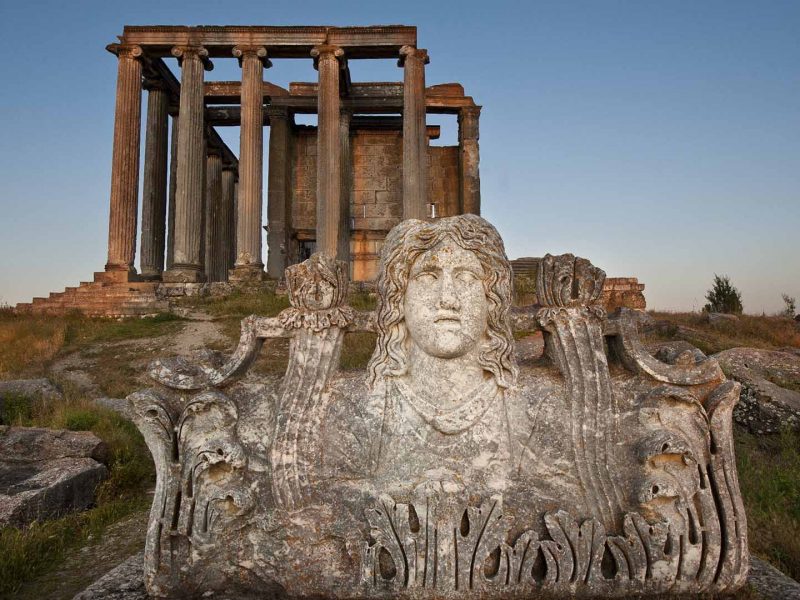Today, the stock market, which determines the economic agenda with some terms such as bonds, stocks, foreign exchanges and valuable papers, actually dates back to very old times. The first stock market of the world was established in our land in Kütahya.
The first stock market was established in the second century AD in the Ancient Rome period and is located in the Çavdarhisar district only 58 km away from the city center of Kütahya. When the mosque which was built on the stock market collapsed because of the Gediz Earthquake in 1970, the remains under it were revealed. Thus, the traces of the first stock market in the history of the world were uncovered, and the ancient city of Aizanoi was revealed through detailed archaeological studies.
The first stock market of the world was established in our land in Kütahya. The first stock market was established in the second century AD in the Ancient Rome period and is located in the Çavdarhisar district only 58 km away from the city center of Kütahya. When the mosque which was built on the stock market collapsed because of the Gediz Earthquake in 1970, the remains under it were revealed. Thus, the traces of the first stock market in the history of the world were uncovered, and the ancient city of Aizanoi was revealed through detailed archaeological studies.
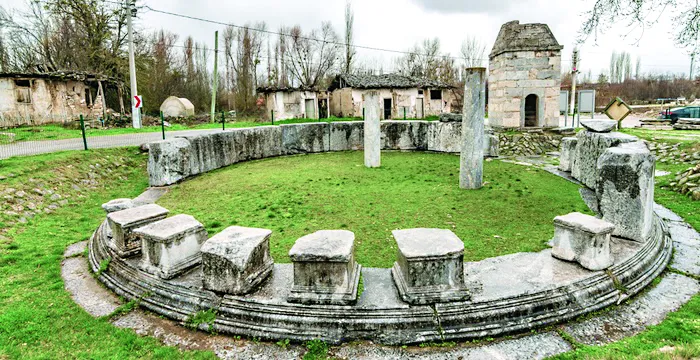
How was the First Stock Market Established?
During times of economic troubles in the ancient Roman period, rulers took different measures. An extraordinary inflation appeared in the middle of 2nd century AD in the bazaars called Macellum where the prices of food products such as cereals, fish and meat were determined. Due to the inflation, high prices occurred, especially in food products. In order to avoid the price increase, the Roman Emperor of that period Diocletianus decided to proceed with various price fixings in order to fight inflation in 301 AD. The price of many goods and services was determined along with a fixed exchange rate application, which is still used today. Thus, the world’s first stock market Aizanoi emerged.
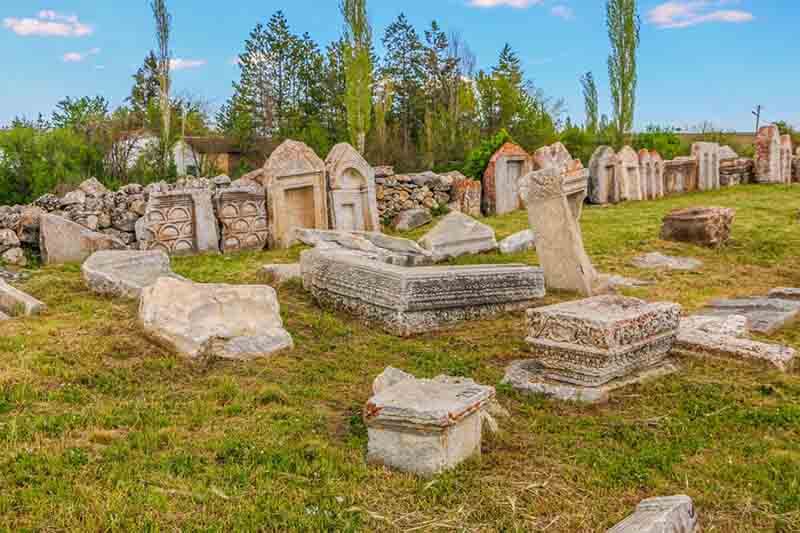
Macellum where the prices of food products such as cereals, fish and meat were determined. Due to the inflation, high prices occurred, especially in food products.
The price list was overwritten on large stone blocks and hung on the walls of Macellum. The expectation was that the price list that hung on the stones would be followed and applied by both traders and the public. Interestingly, however, instead of applying this price list, the traders resorted to the method of storing the goods instead of selling them, which we call stockpiling today. Thus, the prices increased even more.
The price list included the following items: Leather goods, knitted goods, wooden goods, fabric, fruit, post, fur, gold, silk, baskets, shoes, slaves, medicines, wild and domestic animals, ropes, marble, spices, plants, teacher fees, shipping fees, porter fees. Cross pricing was also applied. One of the most interesting ones is “for 1 strong slave 2 donkeys, for 1 strong and young horse 3 slaves“
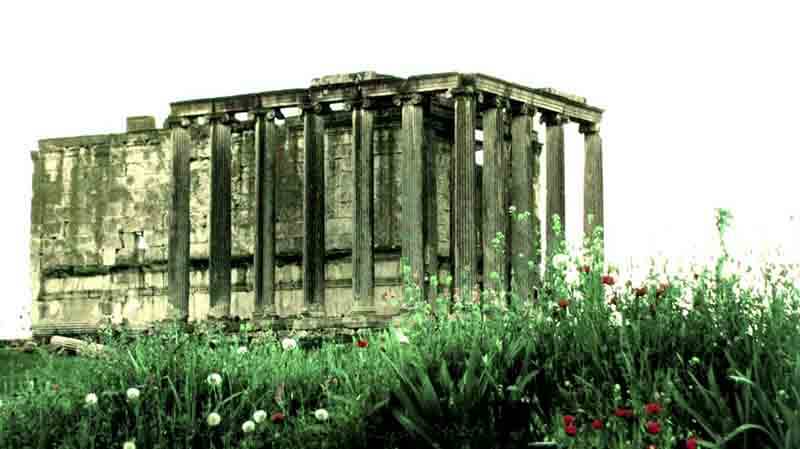
Photo: Hasan F. Özdoğan/Kültür Varlıkları ve Müzeler Genel Müdürlüğü
Measures Taken Against Inflation
During that period, the prices of traded goods were fixed and measures were taken nationwide to control inflation. Cross-pricing was implemented among products to prevent excessive profiteering. A copy of the price list issued by Emperor Diocletian in AD 301 as part of his anti-inflation efforts was inscribed on stone blocks within the building, which likely functioned as a food market (Macellum) in the second half of the 2nd century AD. These inscriptions detailed the selling prices of all goods traded in the imperial markets.
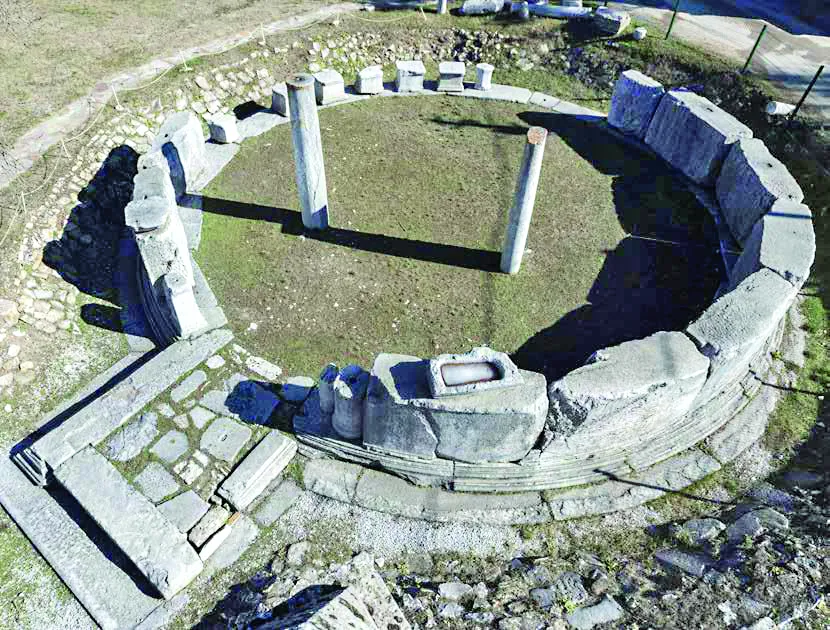
Prices of Goods Written on Stone
During excavations in 1971, the partially restored walls of the stock exchange building revealed price lists, written in Latin and Greek, for various goods and services. A copy of Emperor Diocletian’s pricing edicts from AD 301 was also found. On stones surrounding the structure, the prices of all goods sold in imperial markets are inscribed. For instance, a strong slave equaled the price of two donkeys, and a horse equaled the price of three slaves. In ancient times, this structure stood within or near the Agora, the marketplace of Aizanoi. Macellum buildings served as meat and fish markets in antiquity, confirming that this structure dates back to the Roman era.
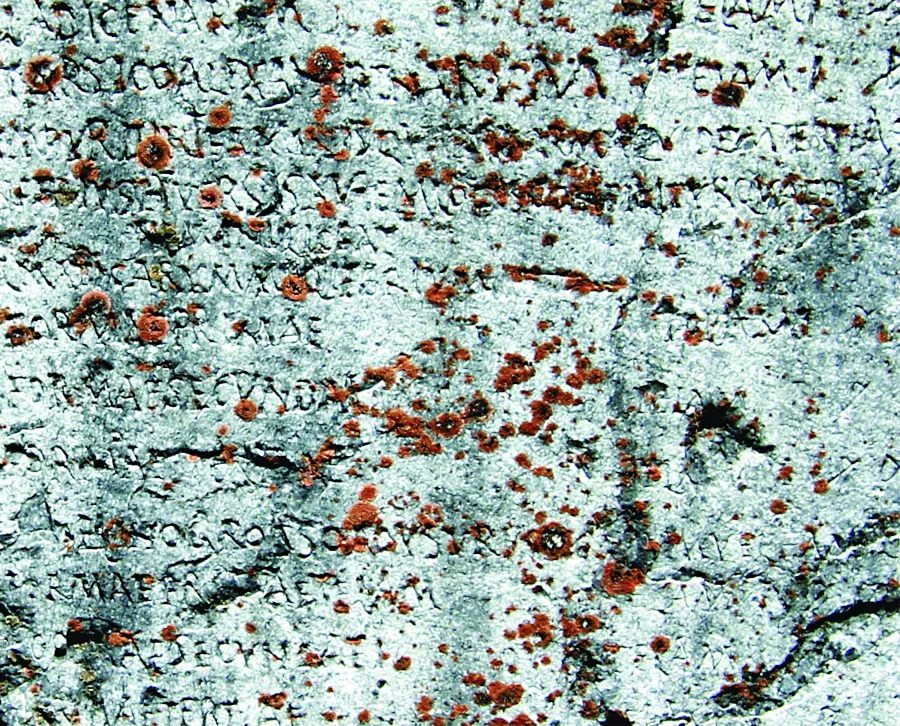
The Maximum Price Edict
The building’s most significant feature is the Latin inscription of the law issued by Emperor Diocletian in the 290s AD on its walls. Known as the “Maximum Price Edict,” this law aimed to set fixed prices for goods and services offered for sale across Roman territories around the Mediterranean. In response to spiraling inflation, prices for everything imaginable; from slaves to shoes, soldiers’ wages to beer and wine, glassware to ceramics, nails to teachers’ salaries; were regulated to ensure uniform pricing across the empire.
However, the law failed. Merchants, instead of selling their goods, began hoarding them, collapsing markets until they could dictate their own prices again. The law was repealed in the early 300s AD, allowing prices and currency values to fluctuate freely in the market. Historically, it remains the only state-controlled law the Romans issued against the ruthless laissez-faire nature of capitalism. A copy of the inscription was also found in Aphrodisias, engraved on the wall of that city’s exchange building.
Second Ephesus: Aizonai
The ancient city of Aizanoi is located in the province of Çavdarhisar. The ancient city that emerged after the earthquake has been understood due to the studies that have been conducted. The ancient city where the world’s first stock market is located is also known as the second Ephesus. Among the remains of the ancient city discovered was the Temple of Zeus, which is the best-protected temple in Anatolia. The remains of the amphitheater that could accommodate 20,000 people and the stadium that could accommodate 13,500 people capture much attention.
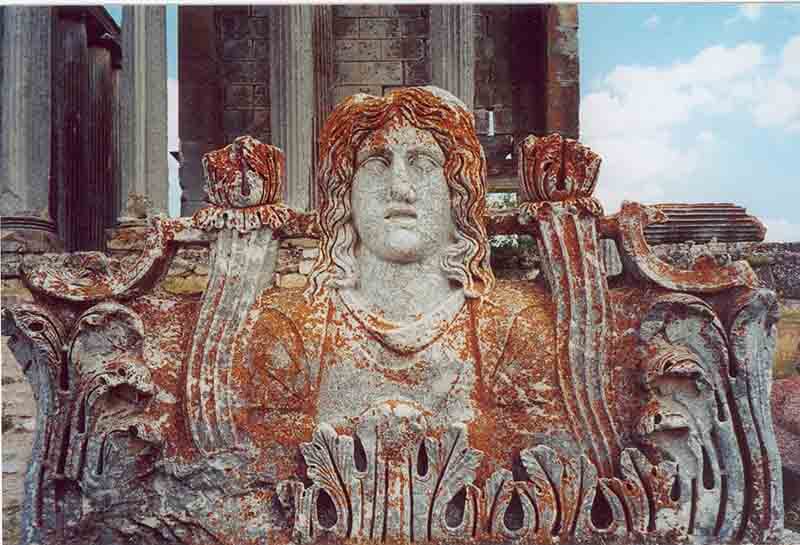
Aizonai, Kütahya
Aizanoi, which was established in the 2nd century AD, was converted into a citadel when it lost its feature of being the center of attraction since 7th century AD. Later on, in the 13th century, it served as the base for Çavdar Tatars, and the name of Çavdarhisar comes from this period. With the price tablets and the fees that appeared in the excavations after 1971, it especially became the apple of tourists’ eyes. The most striking discovery of the remains was the findings of marble blocks under Colonnaded Street.
How to Get to Aizanoi Antique City
You can reach the ancient city of Aizonai, which is only 2 kilometers away from Kütahya’s Çavdarhisar district, by following the Uşak–İzmir highway. Vehicles constantly travel to the Çavdarhisar district from the center of Kütahya. The visiting hours of the city are between 8 am and 5 pm every day of the week.

